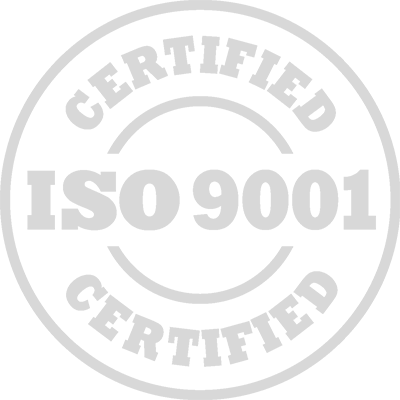Introduction:
Today's drilling personnel must know all the required disciplines to drill a well effectively. The advanced oil and gas drilling techniques and best practices course provides all the fundamentals for drilling a well, whether shallow, complex, or high-pressure.
The advanced oil and gas drilling techniques and best practices course are also designed for engineers and field personnel planning and implementing drilling programs. It covers all aspects of oil and gas well drilling, emphasizing theory and practical application.
Computer programs design many aspects of the modern well, and the advanced oil and gas drilling techniques and best practices course will provide the participants with the theory behind most programs and practical implementation. Advanced drilling technology, such as advanced Mud Logging principles and operations, is integral to this course.
This advanced oil and gas drilling techniques and best practices training course builds a firm foundation in the principles and practices of drilling and well planning, drilling fluid, drill string design, hydraulic optimization, and addressing drilling hole problems.
Participants will learn about the components of the drilling string and how to use each in optimum ways, how to evaluate the Weight on Bit (WOB), and how to select the proper size of the drill collar. They will also be able to apply practical solutions for analyzing the performance of drill string design for both vertical and directed holes.
Targeted Groups:
- Drilling Engineers.
- Oil and Gas Well Site Supervisors.
- Drilling Contractors.
- Drilling Supervisors.
- Trainee Drillers.
- Rig Engineers.
Course Objectives:
At the end of this advanced oil and gas drilling techniques and best practices course, participants will be able to:
- Drill a well cost-effectively, maximize penetration rate & Evaluate stuck pipe problems, and avoid potential problems by optimizing hole cleaning and Rate of Penetration (ROP).
- Design drill string and Blowout Preventer (BOP)/wellheads & Design and implement bit and hydraulics programs.
- BHA design for proper deviation, directional and horizontal drilling control, & Recognize and evaluate well control problems using Mud Logging principles and techniques.
Targeted Competencies:
By the end of this advanced oil and gas drilling techniques and best practices course, participants' competencies will be able to improve:
- Reduce the cost of the well and avoid the risk.
- Extend the life of oil and gas wells and maintain control over them.
- Ensure the integrity of the well.
Advanced Drilling Techniques and Equipment:
As the industry evolves, the need for advanced drilling solutions becomes imperative. This advanced oil and gas drilling techniques and best practices course delve into the latest advancements in drilling engineering and techniques, providing insight into the applications of advanced drilling systems and equipment. With state-of-the-art technology, participants will learn how to enhance drilling operations and well designs.
Course Content:
Unit 1: Drilling Hole Problems and Practical Solutions:
- Hole problems (stuck pipe, lost circulation).
- Impact of hole cleaning on hole problems.
- Learn about the stuck pipe types.
- Know the formation and related problems.
- Know the good recommendations for drilling practices and preventive measurements.
- Learn about the Fishing tools and their impact on the stuck pipe.
- The lost circulation types.
- Materials used to solve the problems.
- Recommendations and procedures.
- Explain the losses in and not in the reservoir.
- Know the new plug-setting techniques for healing severe losses.
- How do we solve the problem?
Unit 2: Preventing Wash Out and Twist Off:
- How can you prevent washouts?
- How do you analyze the true pressure loss of a washout?\
- Bit selection and hydraulics application, including nozzle selection:
- Bit Types.
- Rolling Cutter Bits.
- Polycrystalline Diamond Bits.
- Standard classification of Bits.
- Prepare the bit in the hole.
- Run in the hole and drill out cement and plugs.
- Break the bits.
- Fundamental parameter discussion.
- Optimize drilling performance.
- Drill off test.
- Drill string dynamic/vibration.
- Explore the factors related to bit run termination.
- Bit hydraulics.
- BHA and drill string design, selection of casing seats, BOP equipment:
- Drill strings.
- Functions of Drill Pipe, Drill Collars, and BHA Selection.
- Understand the grades of drill pipes and their strength properties.
- Thread types and tool joints.
- Know drill collar weight and neutral point.
- Learn about the basic design calculations based on the drilling depth.
- Learn about the functions of stabilizers and roller reamers.
Unit 3: Drilling Fluids Planning and Control, Routine and Special Problems:
- Lift capacity of drilling fluids, pressure losses in the circulating system, and Equivalent Circulating Density (ECD).
- Functions of the drilling fluid and impact of hydraulics on drilling optimization.
- Parameters affecting drilling penetrations.
- Drill fluid properties and functions of drilling fluid.
- Know the Mud properties and problems related to mud properties.
- Seepage loss control.
Unit 4: Well Control and Hydro-dynamic Pressure:
- Oil and Gas Well Control.
- Three Phases of Oil and Gas Well Control.
- Hydro-dynamic pressure.
- Equivalent circulating density.
- Mud weight maintenance.
- The second line of defense.
- Induced Kick.
- Kick detection team.
- Causes of kicks while drilling.
- Indication of induced kicks.
- Diverter guidelines while drilling.
- Know the Best kill procedure for kick type.
- Kick control team.
- Remove gas trapped below the BOP.
- Causes of kicks while tripping.
- Know the diverter guidelines while tripping.
- Evaluate the off-bottom kick condition.
- Strip and bleed guidelines.
- Volumetric Guidelines.
- Dynamic lubricates and bleed guidelines.
- The third line of defense (Underground blowout):
- Indication of underground blowout.
- Kick detection in oil-base Mud.
- Operates that can mask a kick.
- Well-control kill sheet.
Unit 5: Planning including Mud Logging Requirements:
- Intro to exploration drilling in oil and gas.
- Modern mud logging unit.
- Petroleum engineering services.
- Gas analysis.
- Cut evaluation.
- Shale bulk density.
- Shale factor.
- Flowline temperature.
- Drilling Models.
- Petrophysical measurements.
- Drilling porosity.
- Select a mud logging service.


